As a West Hartford resident of over twenty years, I have another opportunity to expose my lack of knowledge about this town I call home. If you are equally unfamiliar, allow me to introduce the Sarah Whitman Hooker House, one of only a few examples of 18th century architecture in West Hartford.
West Hartford is home to two historic house museums, one being the Noah Webster House and the other being the Sarah Whitman Hooker House. As it currently stands, the Hooker House is the oldest structure open to the public in West Hartford, dating back as far as 1715.

The museum is run by the Sarah Whitman Hooker Foundation, administered by siblings Martha and Karl Fransson and the Sarah Whitman Hooker Chapter of the DAR, but the home and the hill it perches on was deeded to West Hartford in the 1970’s to help ensure it remains a historic resource in the future.
Currently the home is open for tours by appointment. Martha and Karl were generous with their time on our tour, but I quickly realized we would only scratch the surface of what there is to know about the home’s construction, its collections, its preservation and the history of its former occupants.

The home was on a large farm for much of its past. The first two rooms were constructed by Ensign Timothy Seymour, with two additional rooms added circa 1730 by his son, Captain Timothy Seymour. One of those rooms was used as a tavern which was common at that time as a source of additional income.
Located on a major thoroughfare, travelers would often stop and enter the dedicated side door to the tavern to sample the meal of the day and enjoy a glass of ale, water or other beverage.

Though the Seymours were the home’s first occupants and others resided there over the years, the home is named for Sarah Whitman Hooker due to the length of time she lived there as well as the historic events that occurred during that time.
Sarah and her husband Thomas Hart Hooker, a descendent of Rev. Thomas Hooker, the framer of the Connecticut Constitution, moved into the home as newlyweds in 1770 and purchased it in 1773. From 1770-1775, they lived there happily and welcomed two children into the world, Abigail and Thomas, Jr.

One of the most notable events to occur at the home in my estimation had to do with the Hooker’s slave, a man by the name of Bristow. Bristow was given the opportunity to buy his freedom, which he did in April 1775 at a cost of 60 pounds. Thomas signed a Deed of Manumission for Bristow granting him his freedom.
Though it may not seem that Thomas was generous in allowing Bristow this opportunity, this occurred decades before the abolitionist movement and in that sense the Hookers were groundbreaking in their treatment of Bristow.

Bristow continued to live with the Hooker family after he purchased his freedom to help tend the farm and home. He ultimately became a noted local agriculturist and was an incredible support to Sarah when Thomas passed in late 1775 from pleurisy after leaving West Hartford to defend Boston in the Revolutionary War.
Historians are still working to put together the pieces of Bristow’s story from limited documentation, but West Hartford chose to honor him by naming the town’s newest middle school after him in 2004. He is the only known African American buried in West Hartford’s Old Center Cemetery.

Sarah’s life with a large farm and two small children became even more complicated from 1775-1776 when she was asked to house British soldiers Colonel Phillip Skene and his son Captain Andrew Skene by the General Assembly.
Their accommodations with Sarah were granted as an alternative to jail in exchange for their promise not to try to escape and to return home as soon as practical. Sarah performed her duty of keeping them safe, even convincing an angry mob to abandon their plan to tar and feather them.
Colonel Phillip stayed true to his word and went back to England in the spring of 1776 but Captain Andrew ultimately left the Hooker homestead and re-joined British forces in New York.

Over the years the Sarah Whitman Hooker House has been listed on the National Register of Historic Places and has also been honored as a historic site on the Rochambeau Route. Rochambeau was the French general whose troops joined forces with General Washington’s troops to fight the British.
The French troops arrived in Newport, Rhode Island and numbering over 4,000 marched over 600 miles through Connecticut to New York and ultimately to Virginia where the French and Americans prevailed in the battle of Yorktown, the last major battle of the Revolutionary War.

Through the Herculean efforts of the Fransson family and the Sarah Whitman Hooker Foundation, the home has undergone major restoration over the years. Frances M. Fransson, Martha and Karl’s mother, was honored in 2000 by the West Hartford Historical Society for her efforts.
Colonial era homes are inherently simple compared to the architectural styles of later years, but the Hooker House is elegant in its simplicity. Great care has been taken to accurately re-create the paint colors, wall treatments and fabric treatments of the period, and the home contains nothing older than 1830, the year that Sarah Whitman Hooker moved away from West Hartford.

There are various cutouts in the ceilings and walls throughout the home to allow visitors to see examples of what lies behind, allowing a glimpse at something typically covered up in most historic house museums.
Similarly, examples of early paint colors are left uncovered so results of professional paint analysis can be easily viewed.

The future of the Sarah Whitman Hooker House is somewhat uncertain. In speaking with the Franssons, they are becoming increasingly concerned about ongoing maintenance and potential water damage at the home.
According to a Hartford Courant article in 2013, an architectural study completed on the house indicated that additional necessary restoration costs would likely be in excess of $200,000 to keep the home viable.
Furthermore, to make it a true community asset, it needs to be more accessible to the public through expanded hours, improved parking and handicapped access.

The issues facing the Sarah Whitman Hooker House are not uncommon for historic sites. Given all that can be learned from the house, its contents and the history of its former residents, and given that the town of West Hartford has so few examples of its kind, it’s an important issue to be solved by the joint efforts of the Sarah Whitman Hooker Foundation, the town, the West Hartford Historical Society and others.
If you are interested in colonial architecture, Revolutionary War history, historic preservation or period furniture, pottery and other collections, make a point of visiting the Sarah Whitman Hooker House. Martha and Karl will thank you.
Also consider joining them for their annual 18th century tea to celebrate George Washington’s 184th birthday. The tea, which will include various speakers, will take place on Saturday, February 13th from 12-3, and tickets can be purchased by calling 860-523-5887 to make a reservation. See this recent Courant article for more details.
Enjoy this post? You might also like Boone Hall Plantation or Noah Webster House.
Don’t miss a post! Subscribe via e-mail on the Home page.
[x_author title=”About the Author”]

My name is Deb Cohen, and I am a lifelong resident of Connecticut, a lover of all things historic and New England, and a realtor who helps buyers and sellers achieve their real estate goals and dreams. When I’m not working, I enjoy life with my husband, our two adult children, and our two rescue pups. Renovating and decorating our historic home, dating to 1800, is another favorite pastime.


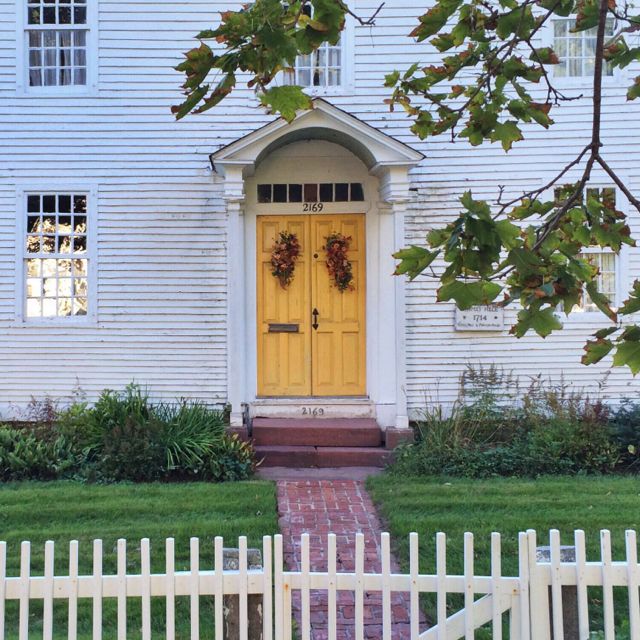
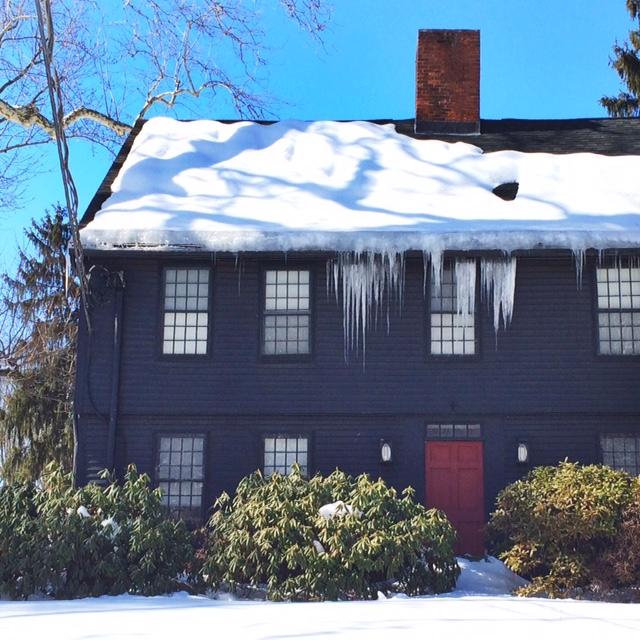
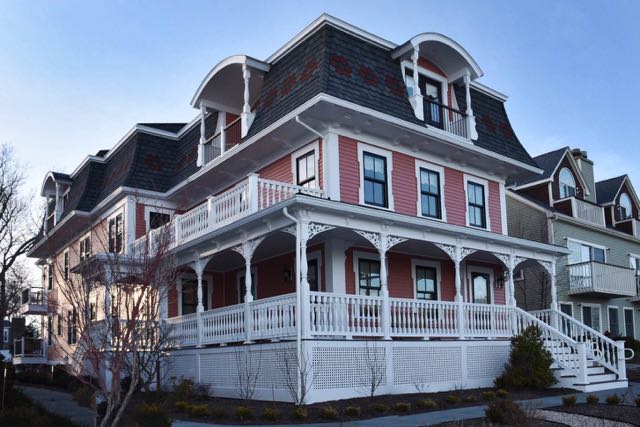
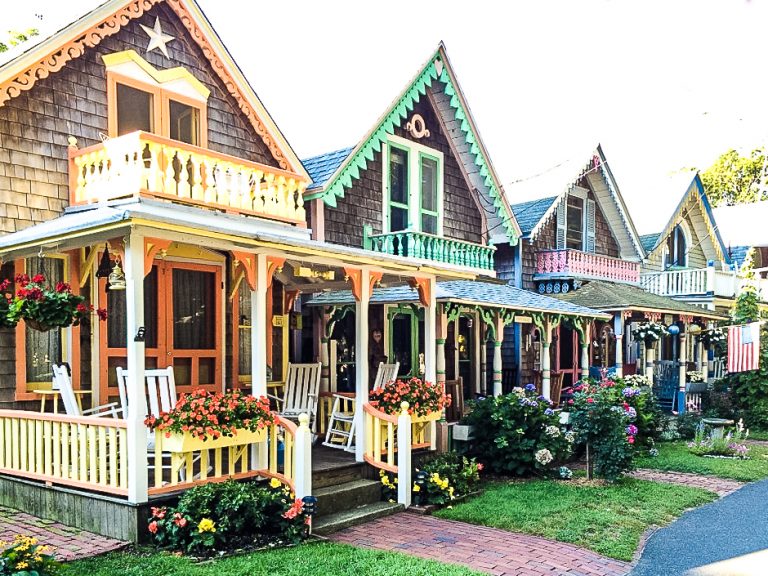





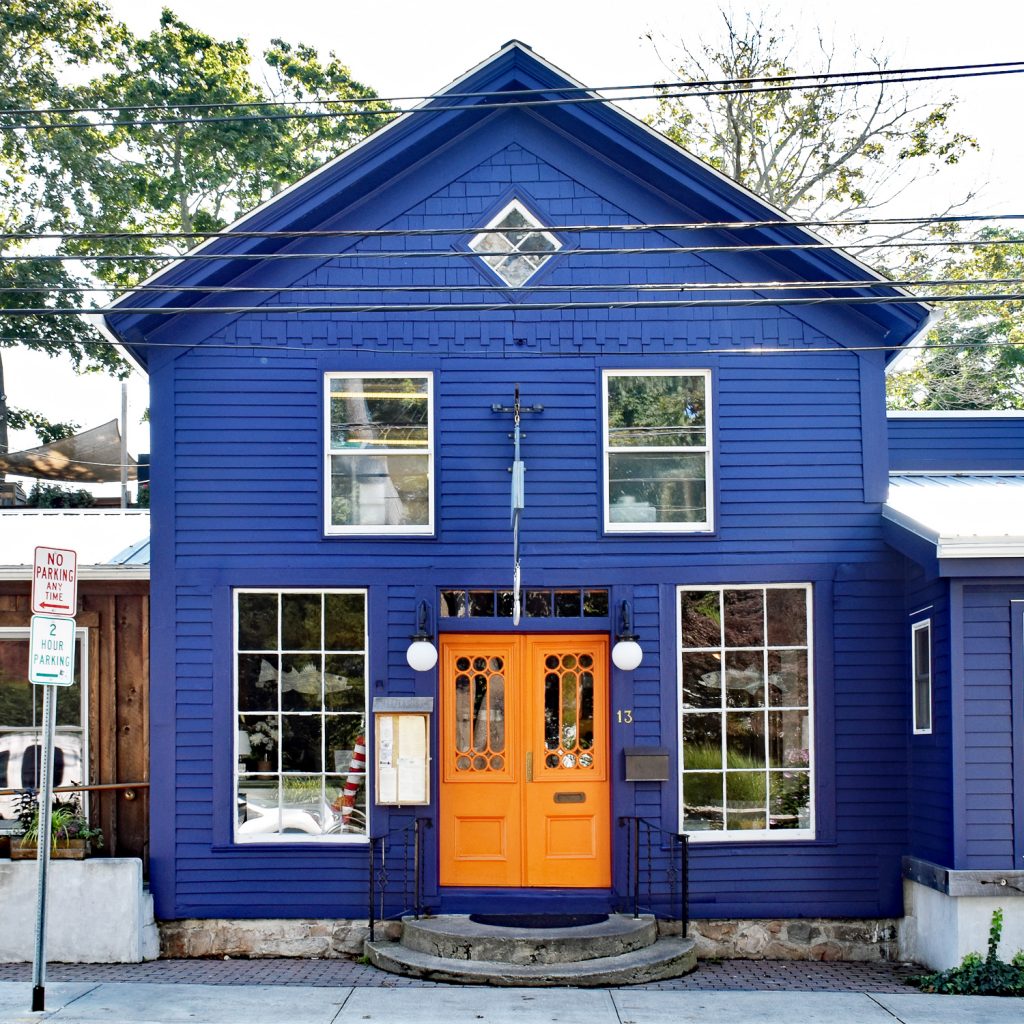
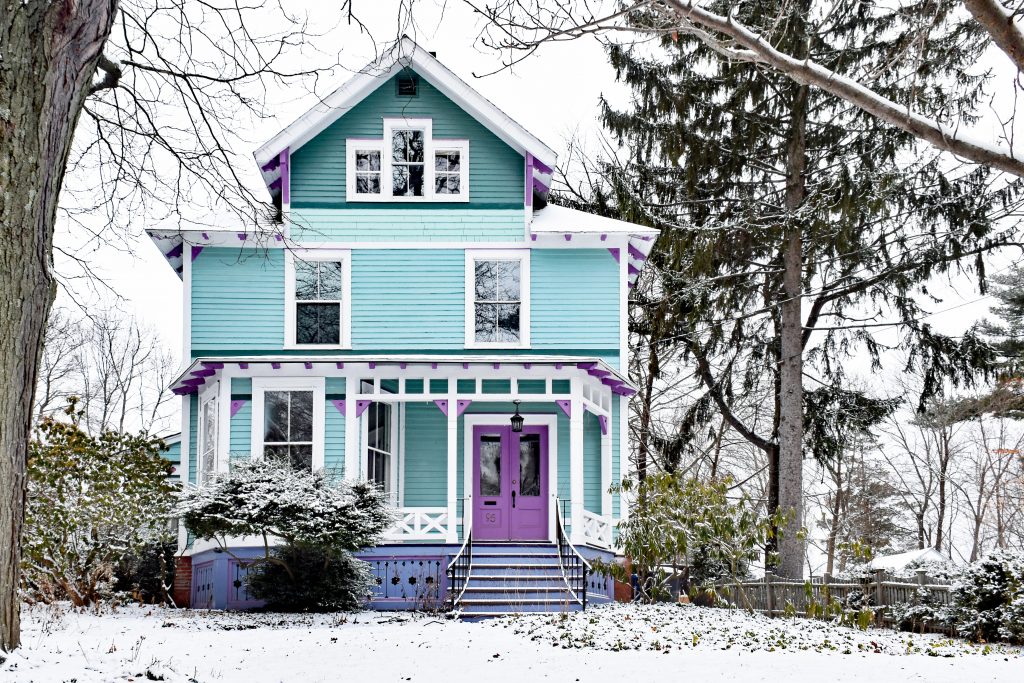
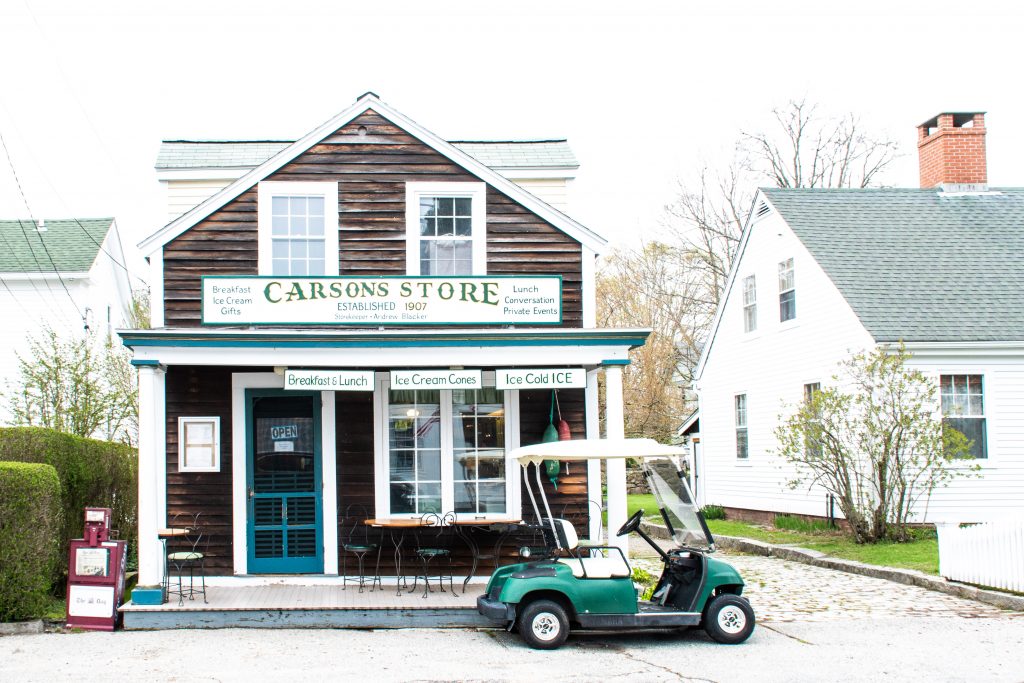
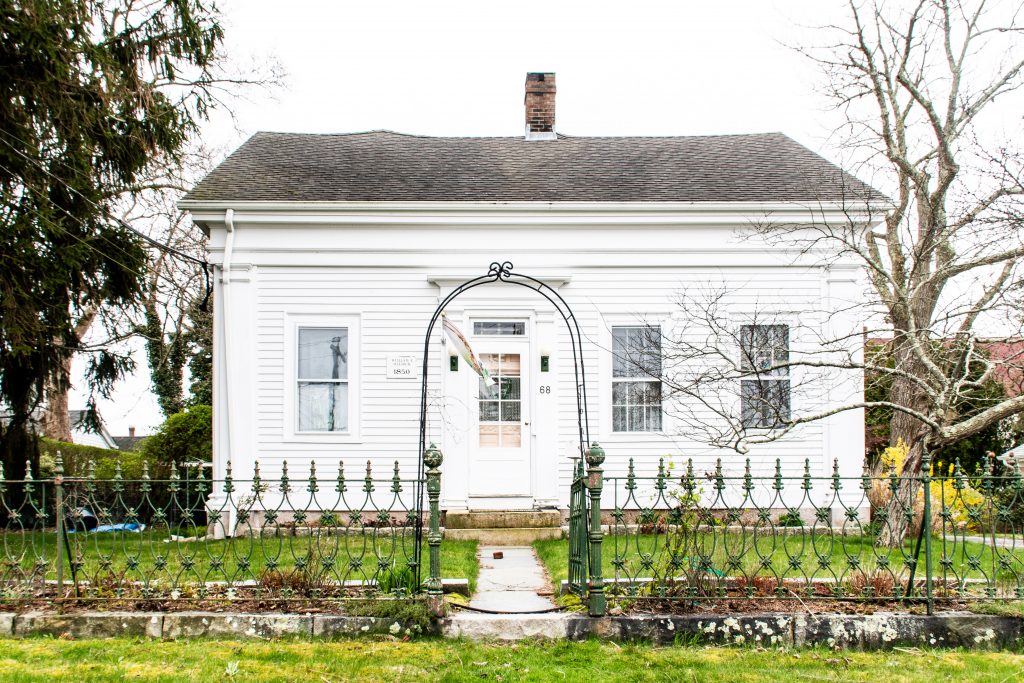
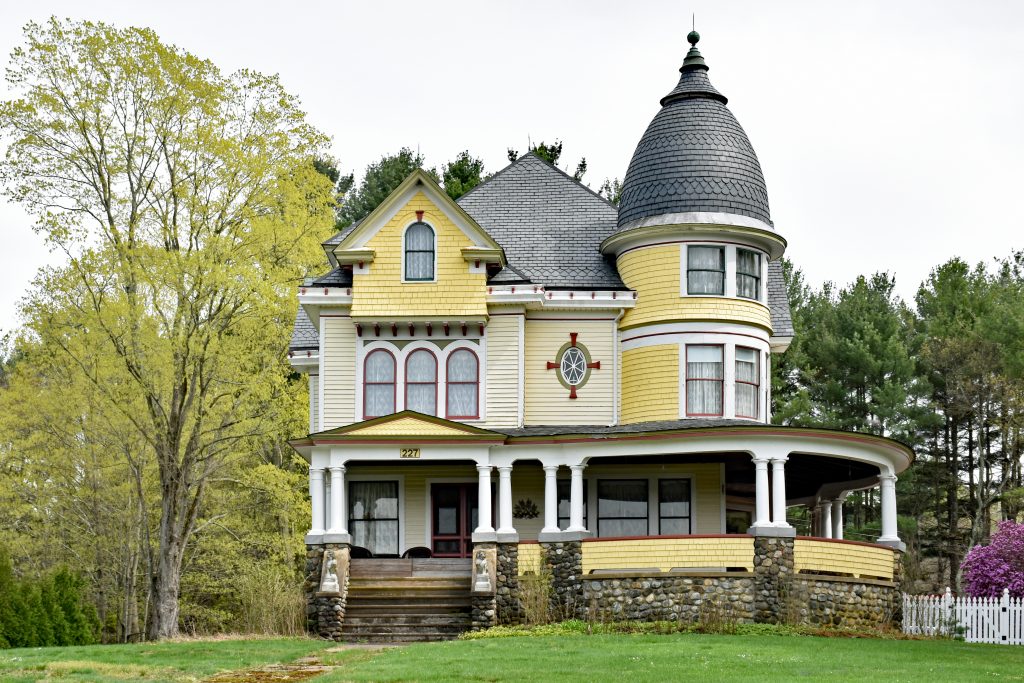
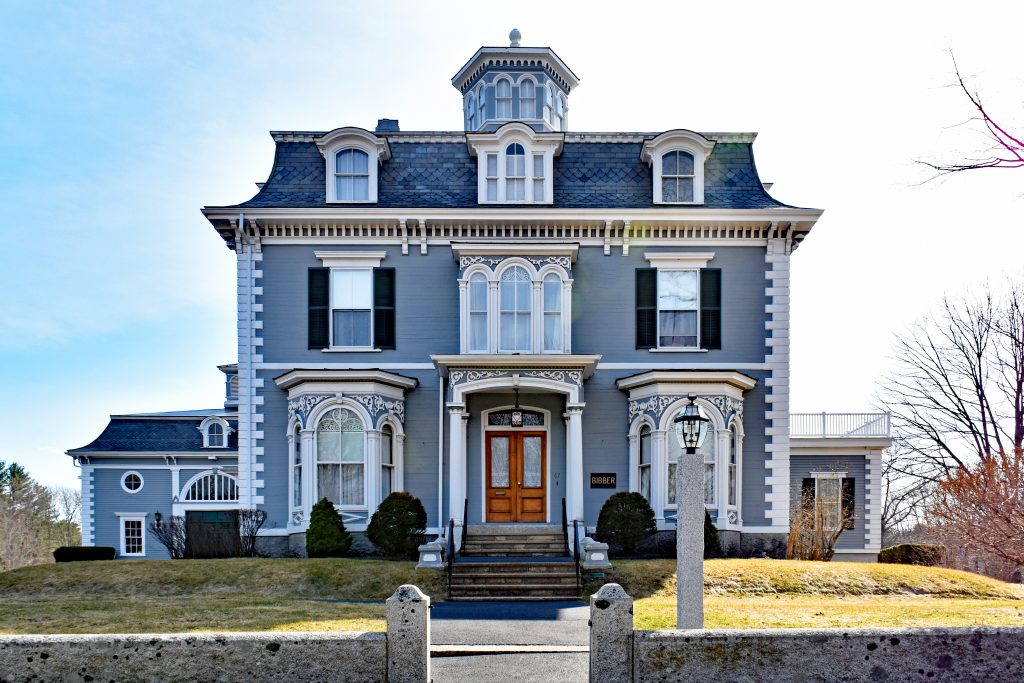
In addition, I used to ice skate at Colts Park as a teen. They filled a parking lot with water and when it froze we skated on it. There was also a “hot house “ there where you could keep your shoes while you skated. They also sold hot chocolate.
Deb – like you, I am a native of Connecticut. Sadly when I grew up there I never wondered about the history of this beautiful state. If it wasn’t for “Old Hartford “ on Facebook I would still be uneducated. I am in my mid-seventies and have many unanswered questions. Where was the Hooker House located ?? I remember as a youngster, my dad driving us to Batterson Park to swim, we would pass a house on New Britain Ave. with a big carriage in front of it, and I thought a sign that said Hooker House. I could be wrong as I was quite young. plus my dad worked at Colt’s for a number of years. And when my kids were young and we drove by the building with the dome, they would always say “ there’s grandpa’s ball. That’s what they called it. Dad was an inspector there. He also worked in the West Hartford plant. When he retired he was given a Gold plated Colt 45 on a plaque. I live down south now but miss the south-end of Hartford where I grew up. Wethersfield Ave. However the city took the apartment building to build the new Bulkeley High. My old alma mater is the high school on Maple Ave. Thank you in advance for hopefully answer my question.
That wowed me. That lathe. OOh. The stencil. The red floor. Wonderful.
I can see that accessibility is a real issue. Perhaps that’s the best initial investment? Making sure everyone can get up the hill to get in the door?
I really hope this house can be maintained. Such a tribute to early American lifestyle.
You hit the nail on the head! Accessibility (handicapped as well) is an issue. However, there is a back door entrance off of a paved parking lot, which is fairly accessible. So not quite as bad as it looks but a challenge for sure. Aren’t the decorative details wonderful though?
I always enjoy your posts, but this one gave me goosebumps reading it. What a story. I sincerely hope that the community finds a way to maintain and preserve this beautiful home with its historical relevance. I think I could spend a couple of weeks in your beautiful state and probably not see all it has to offer. Thank you for the guided tour. 🙂
You are welcome Judy! Can you believe so much history in one house? I think the town will find a way to maintain it but it comes down to timing, I think. I hope they don’t wait too long! There is so much to do in CT – I am finding new things all the time!
Thanks for the great tour Deb. I had never heard of this house. I may have to add that one to the list. I find it interesting that you mention them not having much documentation to work with. That is an issue I’m dealing with on tomorrow’s door post. I’ll try to remember to link back here when I mention that.
You are welcome, Dan! Thanks for following along. This single house is just jam packed with history. You could spend multiple hours there depending on what subject you wanted to cover. The construction, the preservation, the history of the era, the history of the occupants, etc. In terms of the documentation I think that was mostly in reference to the slave Bristow as documentation on slaves was hard to come by. But they are trying to piece it together! Looking forward to your post tomorrow – I have some research to do for mine!